| On photo: Igor Polk and Cecilia Sung
|
Tango Bio
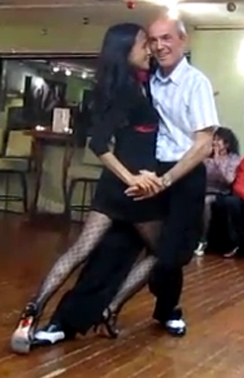
My name is Igor Polk. I hold a russian masters degree in electrical engineering in automatic control systems. I started to research Argentine Tango in 2001 concentrating on social dancing and traditional tango with deep interest in vintage Tango. In 2007 I have founded Palo Alto JCC Zina Tango Club where I conduct classes several times a week. I have researched all available Argentine Tango styles and became a masterful social dancer. In 2012 my research came to the point when I can claim I have build a system of tango dance. The basis of the system is published in a tango dance theory book.
I have taken classes from many teachers. I am very thankful to them, I have learned from everyone. Here are tango teachers which have made greatest influence on my understanding of tango:
Gloria and Eduardo Arquimbau
Ruben Terbalca
Juan Bruno - Salon of 20s. Orillero.
Marta Anthon - Canyengue
Marcela Duran and Carlos Gavito - Apilado and Milonga
Pocho Pizarro - Orillero and Canyengue.
Daniel Trenner
Alberto Dassieu - Tango Vals
Hector Petrovich
I am very thankful for very important lessons from Cristy Cote, Mayumi, and Brigitta Winkler.
Links
Igor Polk's Tango website | Tango Club in Palo Alto website | Video | Articles | Pictures | Blog | Engineering Resume | Private Classes
Contact
Igor Polk ipolk@virtuar.com 510-582-8711 2108 Oak Creek Pl., Hayward, CA 94541
|
|
|
|
What I can offer to you
- Lecture on Argentine Tango styles and history with live demonstrations;
- Group workshops on a specific tango topic as well as introductory lessons;
- Private tango classes with the emphasis on:
- Perfecting dance technique and lead-and-follow skills;
- Dance therapy;
- Lecture on leadership skills illustrated on the example of Argentine Tango dance;
- A tour around San Francisco Milongas ( tango dance parties );
- Organize a seminar with professional Tango dancers or teachers from Buenos Aires.
|
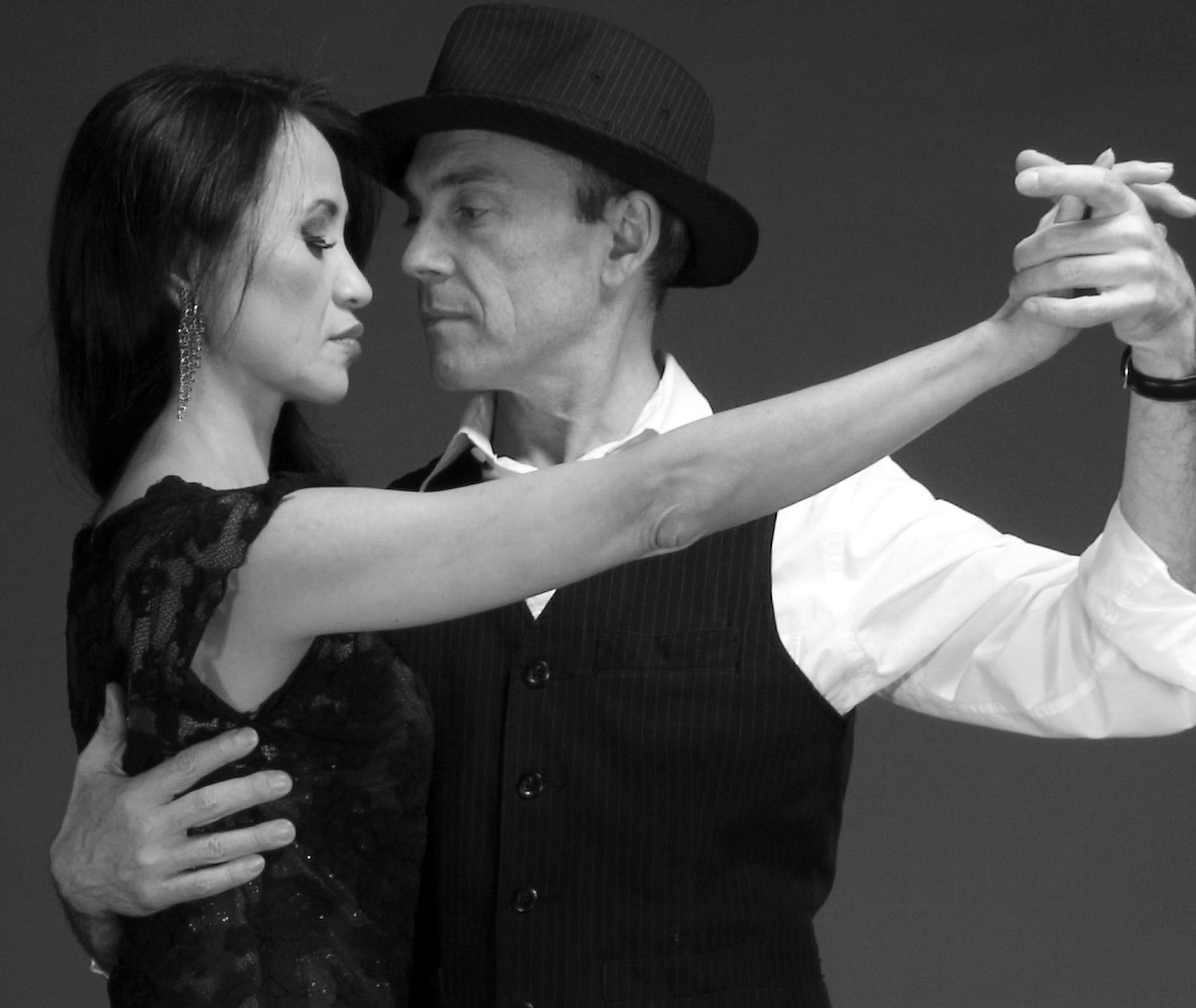 |
Tango Technique Book "Twist Forms Dance Theory of Argentine Tango"
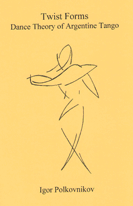
132 pages, 152 drawings, 8.5x11
|
"A brilliantly written thesis, offering a comprehensively indispensable encyclopedic compilation of Argentine Tango dance theory. Comparables are non-existent."
Peter Stylianos, editor |
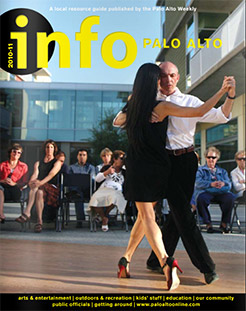 What is Argentine Tango
What is Argentine Tango
Argentine Tango is an improvisational dance which employs all available variables for creative expression: complete array of all possible human movements, Tango rhythms and musicality, complex dance structures, energy, ultimate leading-following skills, use of space, costume, social interaction. The dance serves as a nucleus of the tango world full with classical and modern quality music, excellent poetry, literature, reach history, political involvement, theatre, international human connections. The healing effect of specifically this dance is a medical fact. During the dance a meditative effect is reached and dancers can dance for many ( what about 12? ) hours non-stop. There is hardly any other area of humanity where so many things are combining in the same phenomena.
Who is a masterful tango dancer
There are 2 major things which make a masterful tango dancer. First is an ultimate ability to lead or/and follow the partner. Any partner ! In any country around the world. This skill is trained by innumerous hours of dancing with the wide variety of dance partners of all levels of the dancing skill. The second is unbound improvisational skill. It is similar to martial arts: there are katas and there are fights. A master wins the fight. Kata is for training. The analogy is conveyed to tango: A master dances improvisationally. Always. Even on stage. Choreography is for training. A master makes choreography right there, on spot, making any dance unique and memorable. Every dance! And every movement is done with perfection. Hardly 1-2 mistakes a master allows in a whole evening of dancing. A master dances equally well at the 4 square feet of the tightly packed dance hall as well as on empty stage. A master routinely invents new dance figures right in the dance.
Tango styles
In my research I have singled out 7 tango styles. There is appropriate music for each style. Tango styles appeared in historical context, but they are different technically, and that is the basis for my classification. Here is the list.
- Tango Salon - Stately, elegant, slow dance; Body mechanics is based mostly on torso;
- Tango Orillero - Fast energetic street-looking dance; Mechanics is based mostly on pelvis;
- Tango Canyengue - Body moving, slow torso, fast legs dance usually in tight embrace with lean;
- Tango Apilado - Lean is taken to extreme. This is the ultimate balancing dance - dancers literally lean 45 degrees on each other;
- Tango Milonguero - Simpler, tight embrace dance with emphasis on meditation;
- Tango Nuevo - Modern style. Movements are wider, with maximal amplitude. Can be slow or fast. Danced to modern music or music of Piazzolla;
- Tango Colgada style - Dancers pull away from each other.
I know more or less all of these styles. In my teaching I am trying to convey most general and at the same time most deep knowledge of movement, how all the fancy tango figures are appeared out of natural body movements, and how it is put on the specific tango rhythms. It is no nonsense teaching - the most important things, which make tango tango, but not necessarily simplest ones are taught in the first place. |
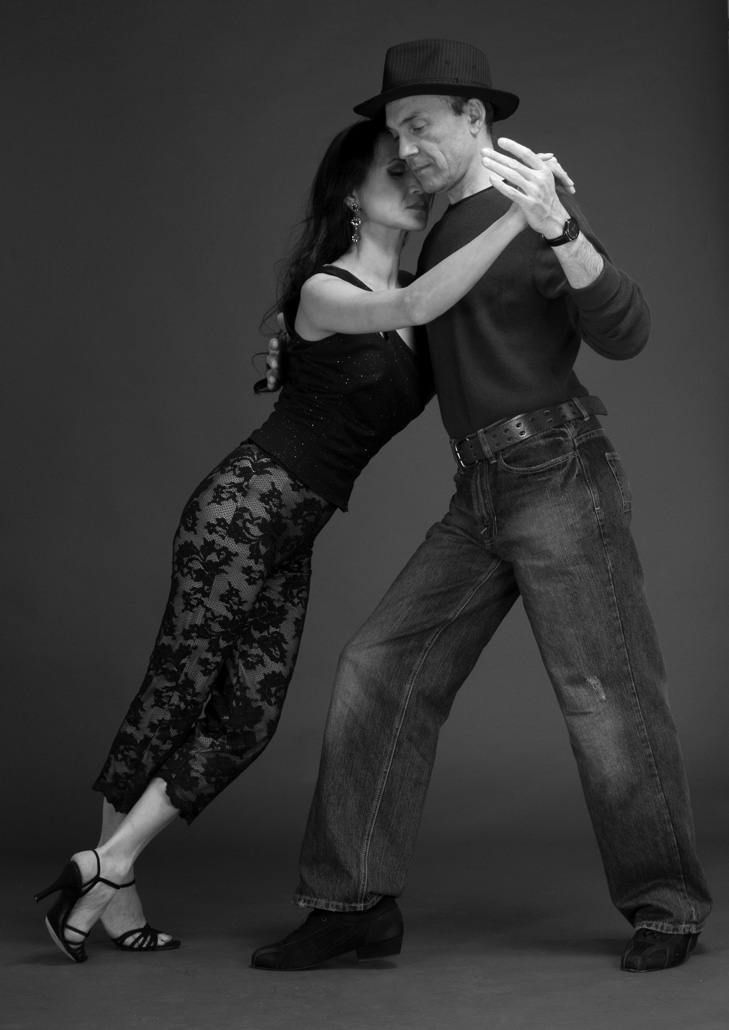 |
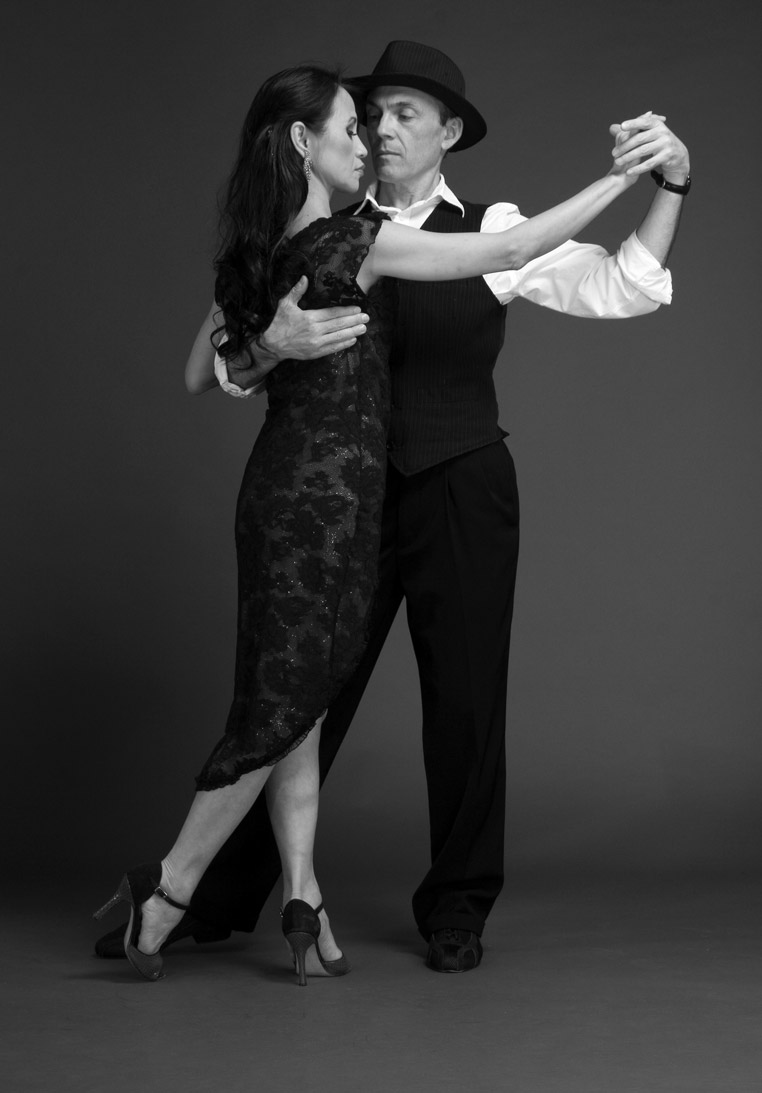 Short history of modern Tango revival
Short history of modern Tango revival
Tango was almost forgotten when 2 entrepreneurs from Buenos Aires decided to make a show. They have found little understanding in Argentina, so the premiere happened in Paris in 1983. The show called "Tango Argentino" has conquered the world and triumphantly returned to its cradle as it did about 100 years ago - from Paris. In 1985 the show came to US. Since that time small groups of interested people invited the performers to their private parties and asked for lessons. It was no more than 10 dancers of Argentine tango in San Francisco 25 years ago. Tango is a very difficult dance to master, but slowly the number of people attracted by its virtues increased. Hungry for new experience, new aficionados of the dance, begun visiting Buenos Aires to the surprise of the locals. Which in turn sparked the increase of the interest at the motherland of the dance. Slowly, but surely tango conquered the world in the second time. Especially in the last 5 years, festivals and classes started to appear as mushrooms in Europe, Asia, America, and even in other parts of the world.
How one can spend time better? You dress nicely and come to a party: every day there is wide variety to chose from. You are talking to people sipping from a glass of wine. There are beautiful men and women around, your friends, and strangers from other continents. They dance to majestic music. And you can dance too ! You invite anyone, there are dozens to choose from. And dance... You feel adventure, success, love. You feel happy and hungry for more at the next evening of tango.
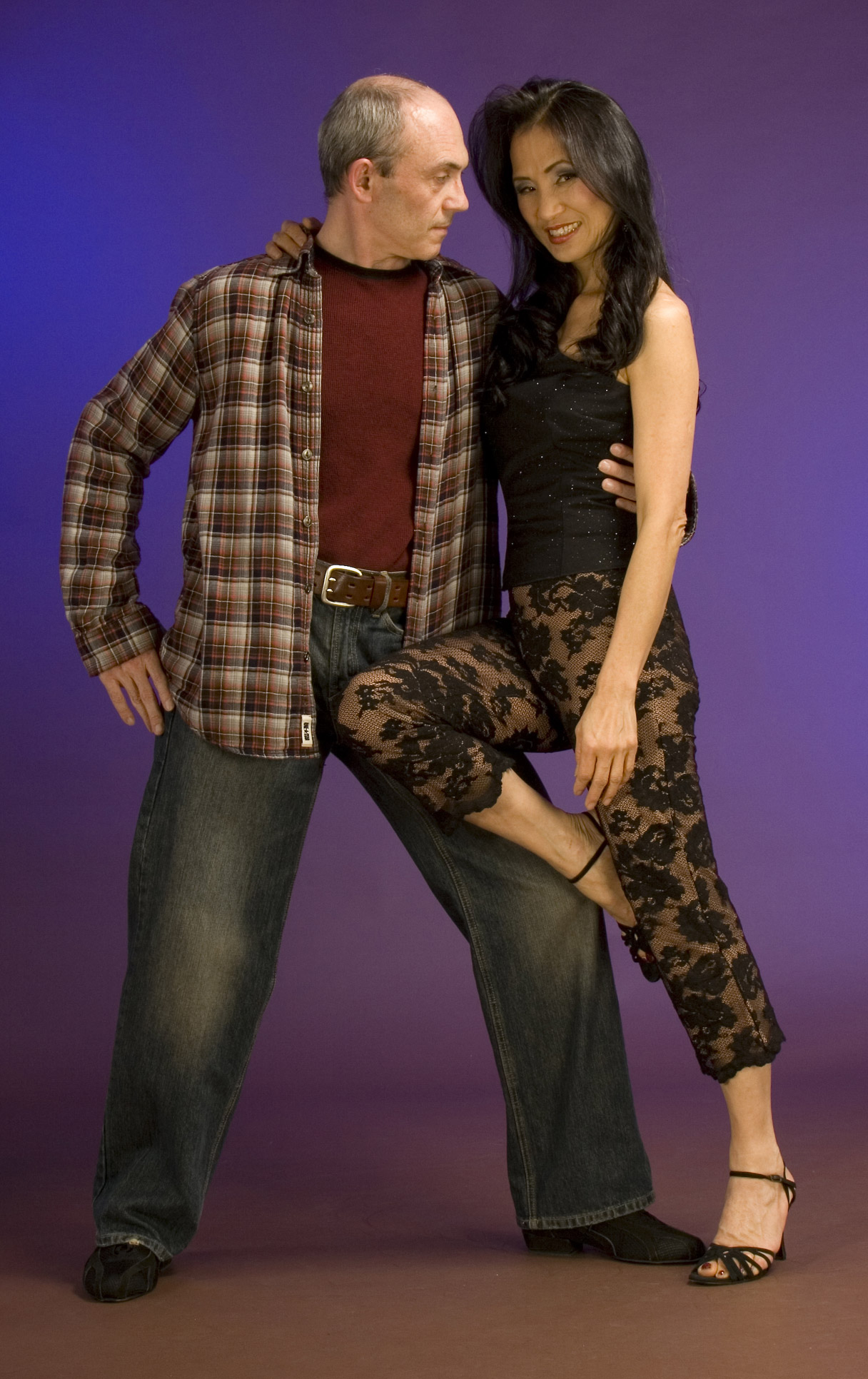
Dancers: Igor Polk and Cecilia Sung
Photo Diane Pedersen, Dress Linda Ayre



 What is Argentine Tango
What is Argentine Tango
 Short history of modern Tango revival
Short history of modern Tango revival